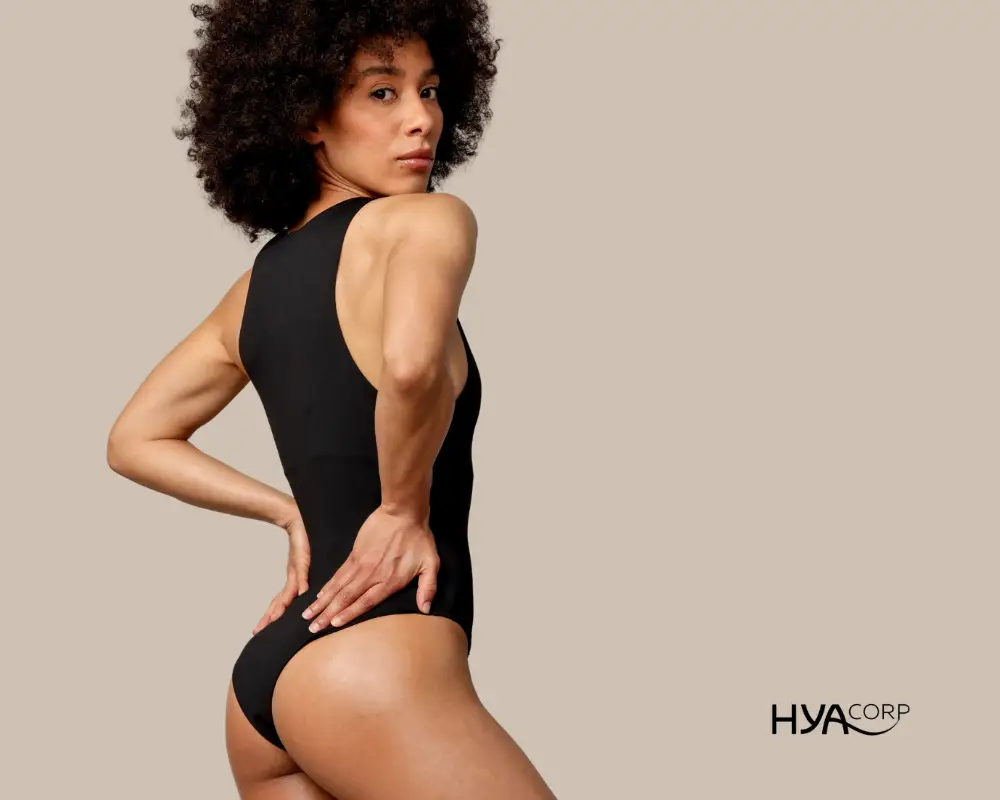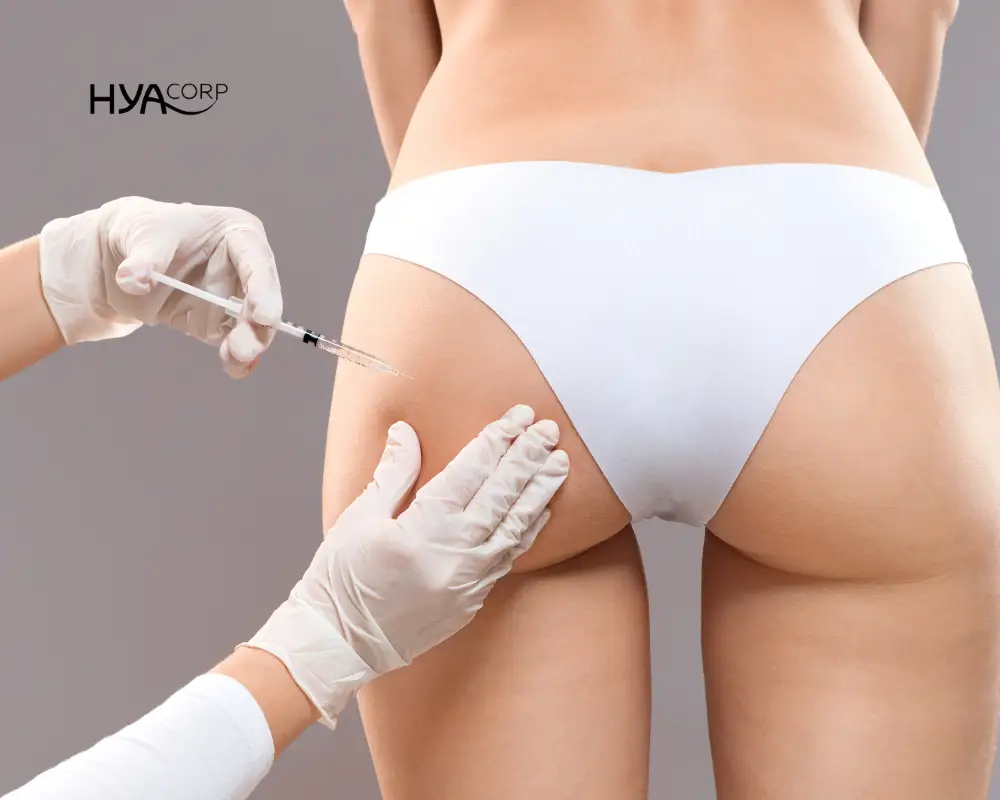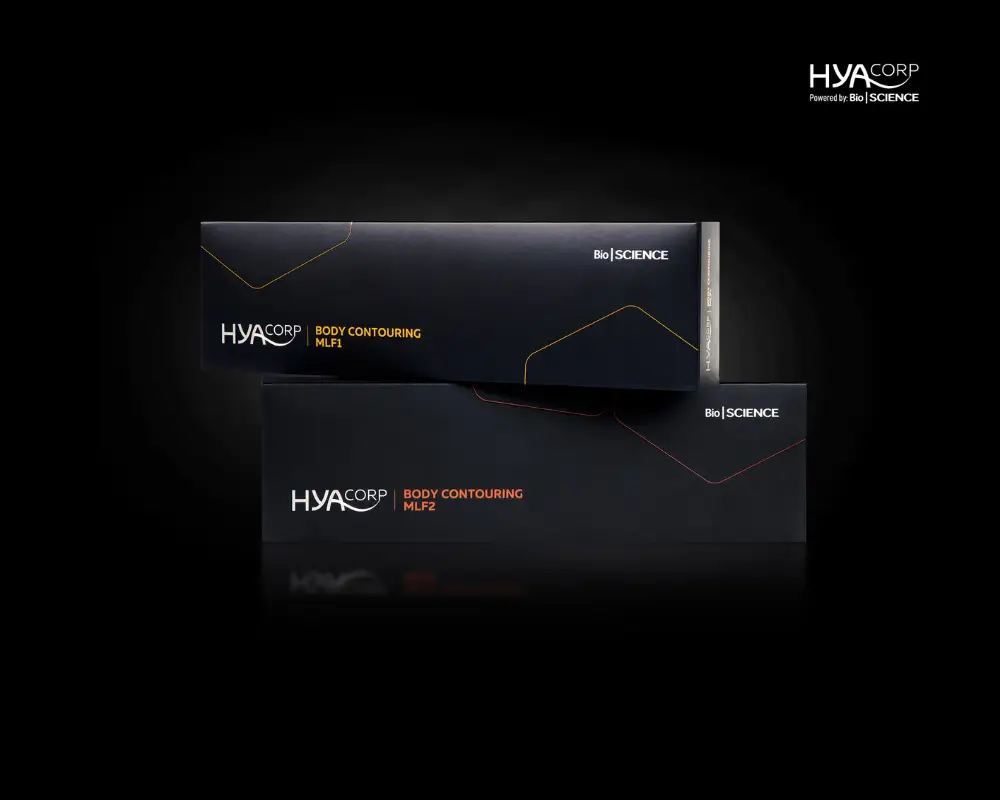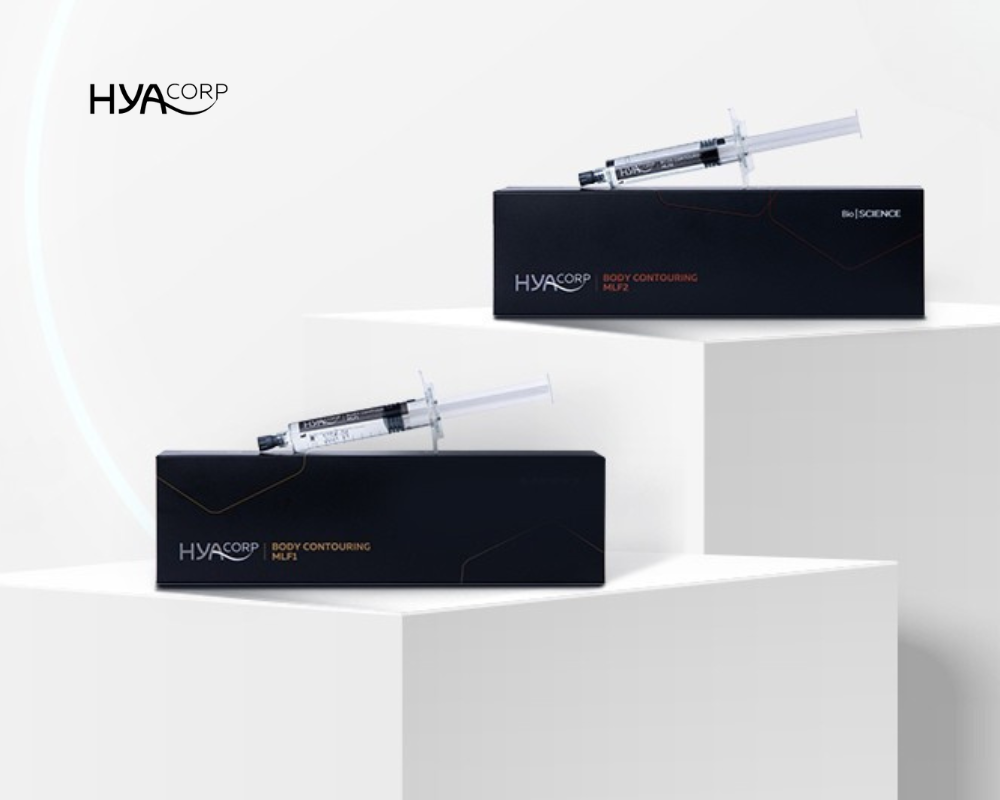Liposuction is a procedure that can effectively remove the stubborn fat deposits in various parts of the body that are not easily reduced through conventional weight loss methods. It provides a long-lasting solution by permanently removing these fat cells.
This surgical technique is carried out with thin cannulas designed to target precisely and
eliminate fat deposits in the subcutaneous layers of the body. Advanced liposculpture techniques utilize power assisted devices like ultrasounds, lasers, and mechanical vibrations to disrupt clusters of fat cells effectively.
Additionally, the application of gas plasma and radiofrequency after the fat removal process stimulates the tightening of the subcutaneous tissue, resulting in a reduction in laxity.
Although liposculpture may seem uncomplicated, it is actually a highly precise surgical procedure that can carry risks and complications even when performed by experienced professionals.
Some of these complications include irregularities on the surface of the skin, variations in thickness that range from mild to severe asymmetries, as well as depressions. In certain cases, these issues may require further surgical correction to achieve the desired outcome.
When dealing with minor complications, my favorite approach for correction in this case involves utilizing body hyaluronic acid (HA) fillers. One of my preferred choices is HYAcorp MLF1, which possesses rheological properties that enable the support of the overlying tissues.
HYAcorp MLF1 filler effectively targets any depressions or gaps in the subcutaneous tissue while preserving good plasticity and softness of the skin. Only a small amount of the filler product is typically required to correct these imperfections. This not only minimizes the quantity needed but also makes it cost-effective for both the patient and the surgeon. The economic impact of using HYAcorp MLF1 is low, benefiting both parties involved.
Furthermore, the stability and long-term duration of correction are important considerations when using HA fillers. Generally, these fillers can last for more than a year, with appreciable results lasting even longer. This is because HA stimulates fibroblasts, promoting the production of endogenous collagen, which can have a metabolic impact for up to two years.
When I correct small defects, several key factors should be considered. First and foremost, sufficient time must have passed since the surgery to allow for the reduction of post-surgical inflammation and associated swelling. Sterility is crucial, so the skin is prepped with antiseptic solutions.
It’s essential to implant HYAcorp-MLF1 in the subcutaneous layer rather than the dermis otherwise it can become noticeable, causing additional complications.
In some cases where fibrous subcutaneous scars are present, the dermis may be attached to deeper layers, limiting a uniform and satisfactory correction. To address this, I use a Nokor needle to section the fibers and release the superficial tissues. This optimizes the correction with the HA filler.
Typically, the results of the filler procedure will be noticeable after the procedure, resulting in high level of satisfaction for both the patient and the surgeon.
Contact us if you want to know about our treatments or products or if you need to find a specialist near you.







.webp)


